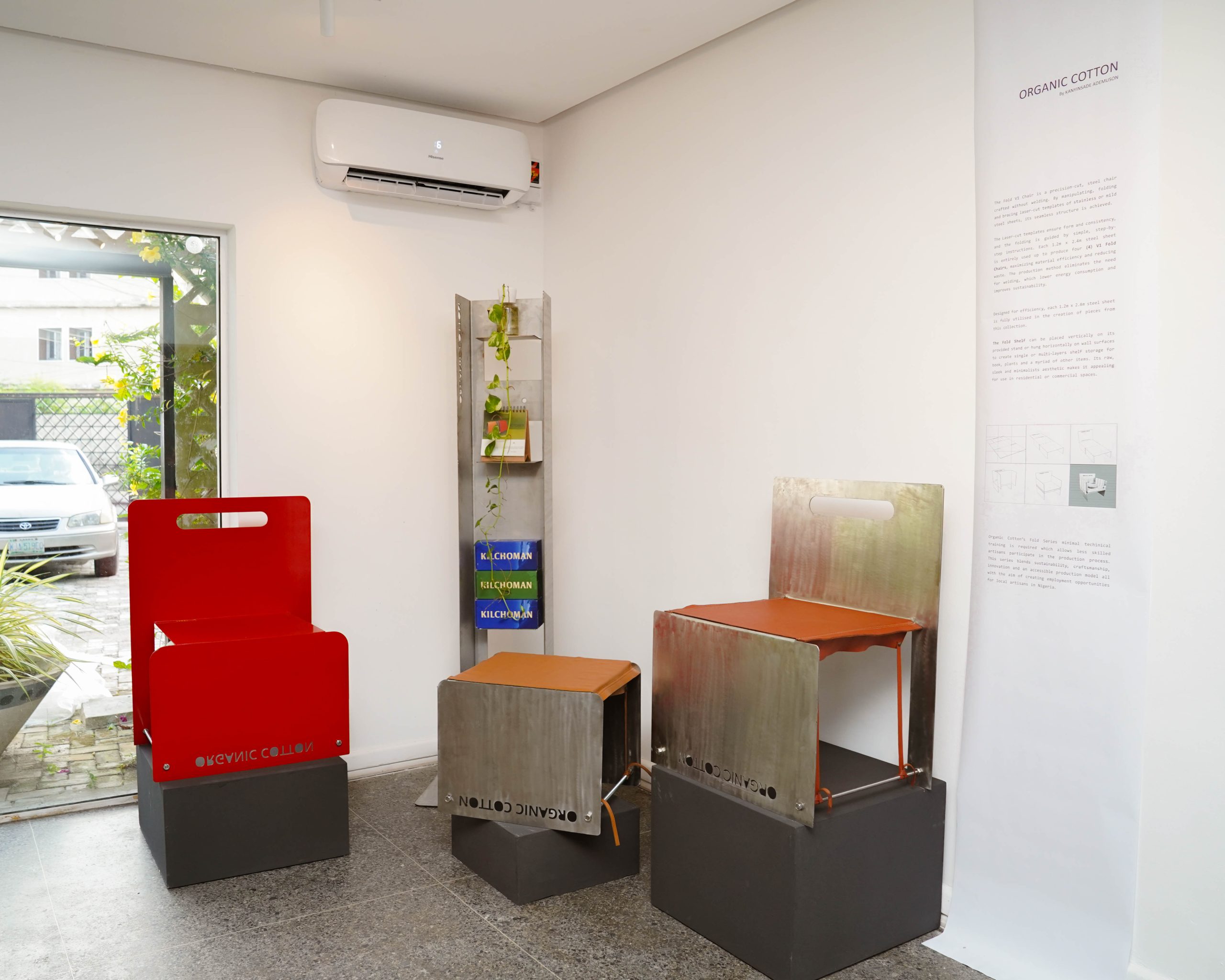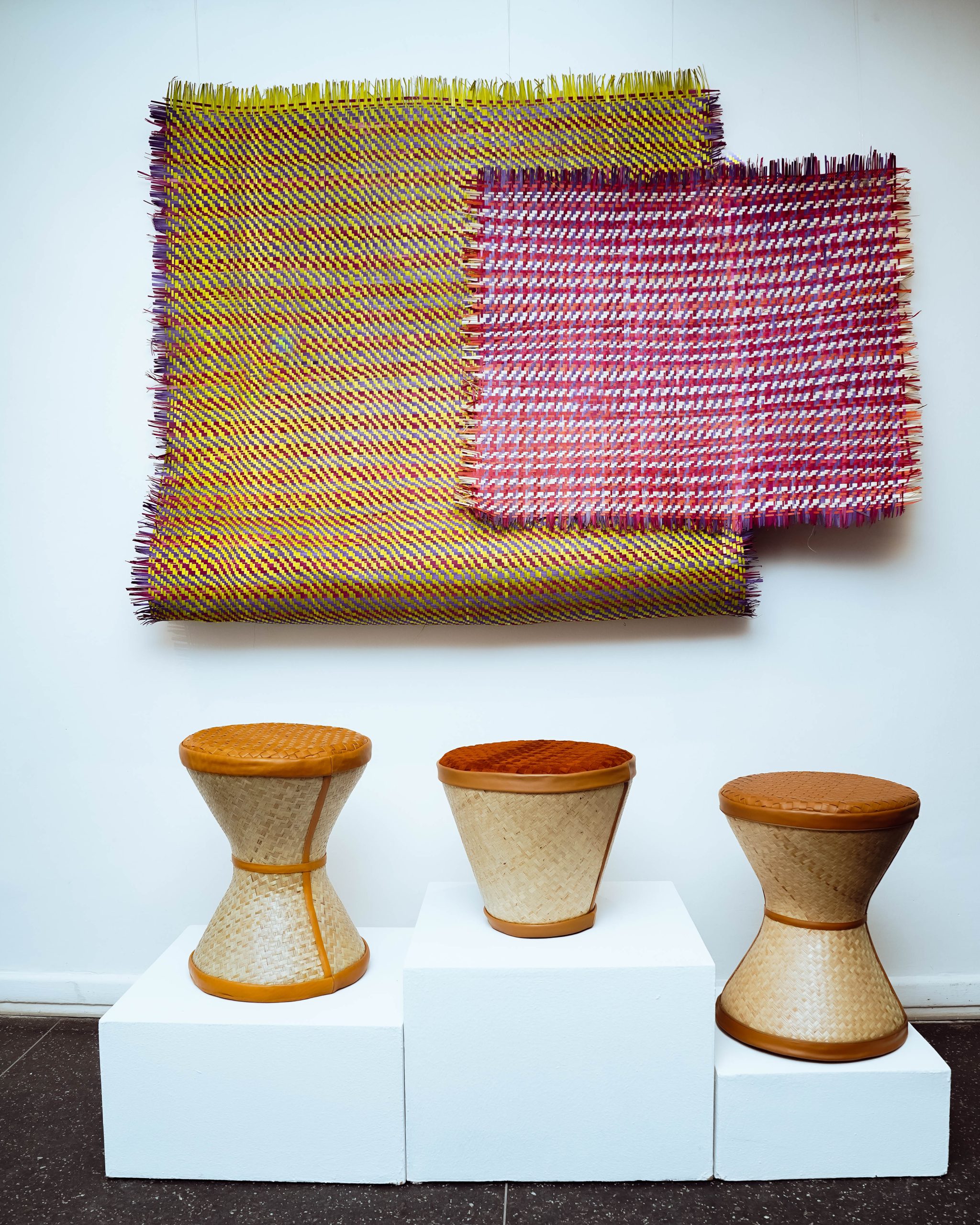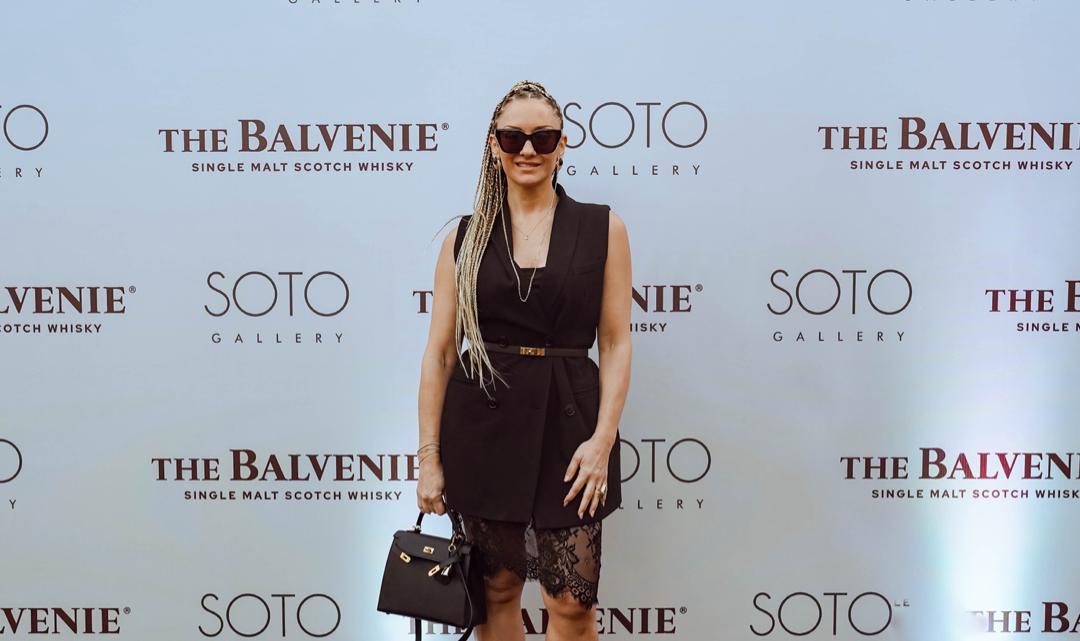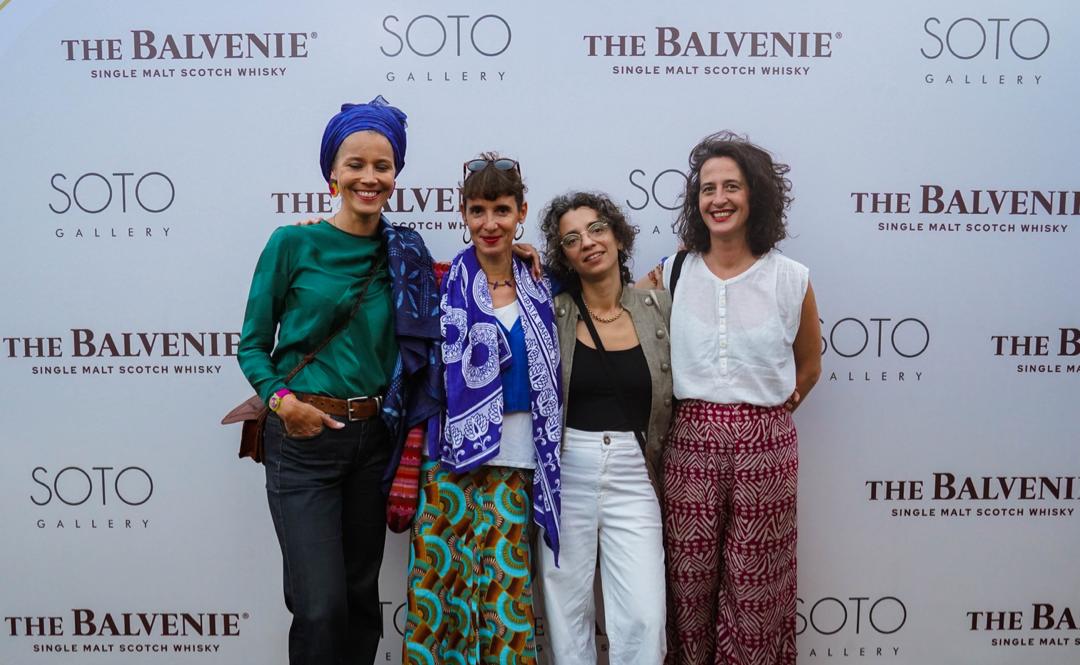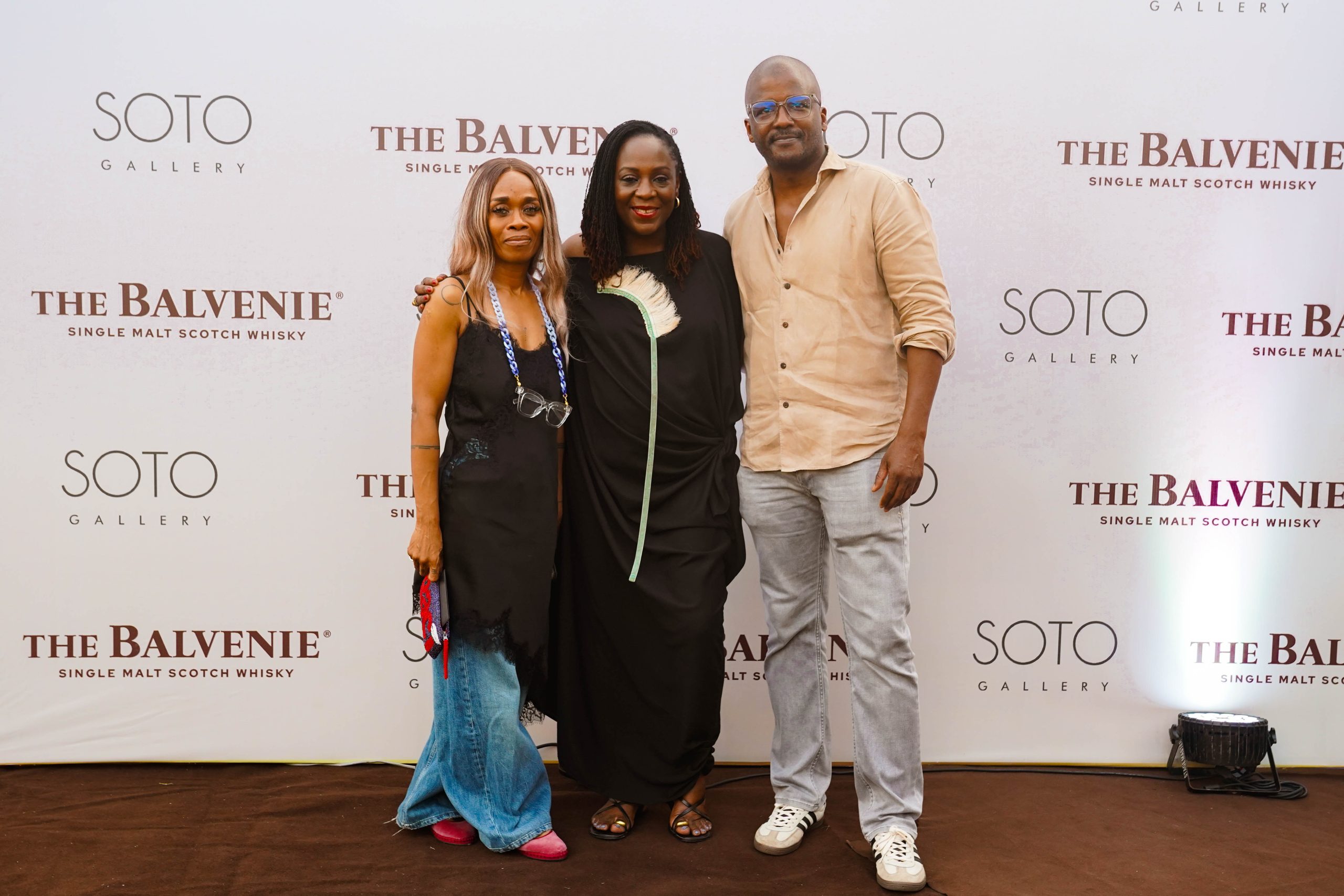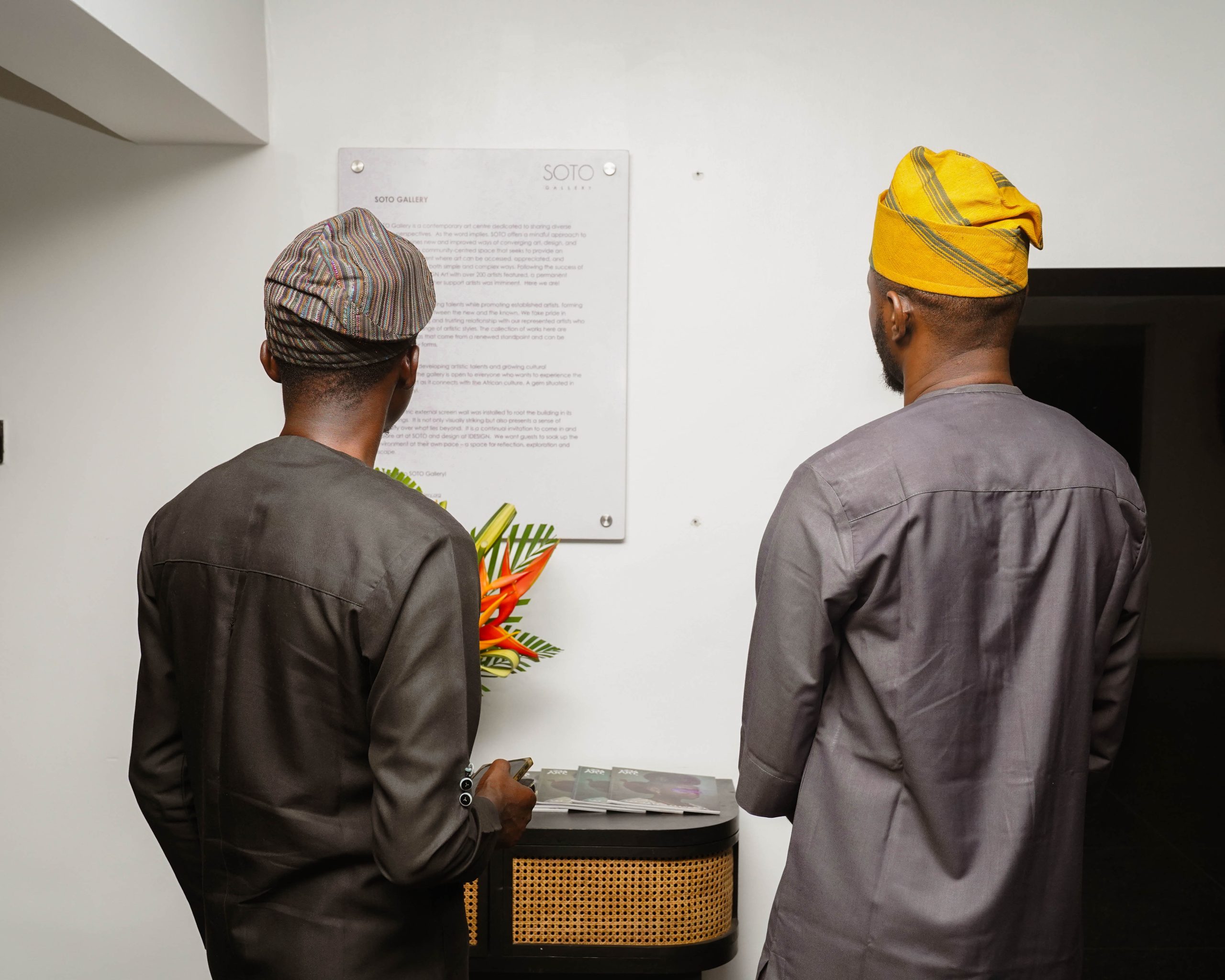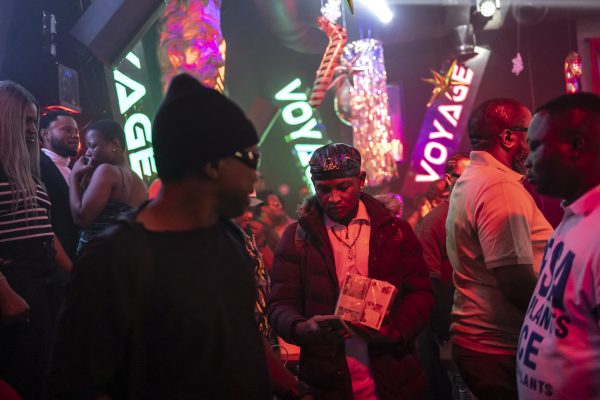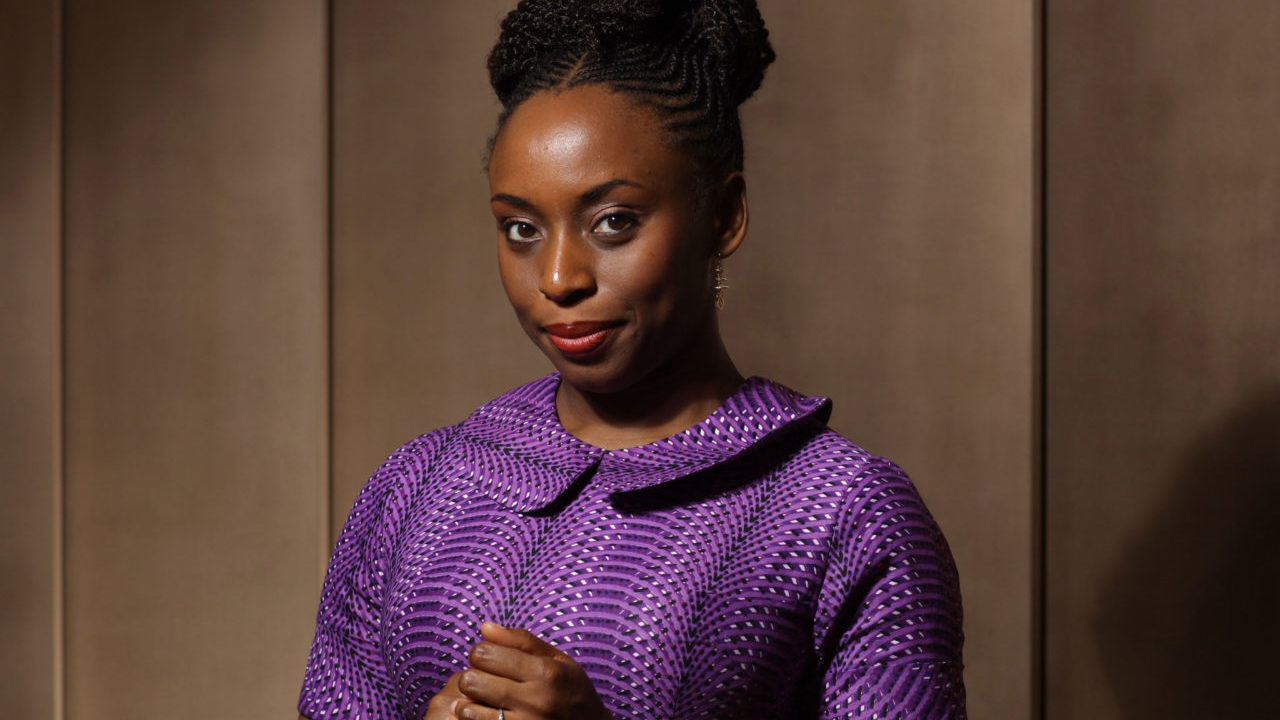- Motherland Festival repositions December homecoming as cultural, economic reunion
- Slawn makes Lagos return with BOBO exhibition at Nahous
- Odumodu Blvck, Qing Madi, Seyi Vibez light up First Bank’s Motherland Festival
- Passport to Serenity: The Singleton delivers an unforgettable luxury escape in Lagos
What does “craft” mean in an age of speed and spectacle? For a new generation of Nigerian makers, it’s not nostalgia—it’s resistance. Across design studios, workshops, and galleries in Lagos, artisans are reclaiming old techniques and imbuing them with a distinctly modern pulse. Their work, steeped in memory and material, insists that beauty still belongs to those who take their time.
The Balvenie’s philosophy of craftsmanship, rooted in patience, purpose, and permanence, extends from its traditional whisky-making in Dufftown, Scotland, to its global celebration of modern artisans. Through initiatives like The Makers Project and the Raw Craft documentary series, the brand honours creators worldwide who pour thought, care and originality into their work, proving that true mastery lies not in speed, but in substance and soul.
That global conversation has now found a new home in Nigeria, through Design Intersect 2025, an ambitious design fair curated by Tola Akerele, a Lagos-based designer and founder of iDesign and SOTO Gallery. Known for her thoughtful interiors that blend contemporary form with cultural storytelling, Akerele has long championed the idea that design should be rooted in place and that every object can tell a story about identity and intention.
As Nigeria’s newly appointed Director General of the National Theatre, Akerele straddles two worlds: one institutional, one artisanal. Her work at Design Intersect 2025 bridges them. The fair’s theme, “Reimagining Resources,” challenged participants to see beyond scarcity, to explore materials like metal, raffia, clay and leather that can spark contemporary innovation.
Where materials tell stories
The “Reimagining Resources” exhibition featured works that embodied the values anchoring both Nigerian design and The Balvenie’s craft: patience, authenticity, and reverence for process.
Lani Adeoye’s “Talking Stools,” eight years in the making, were hand-shaped from natural materials to honour the intimacy between maker and medium.
Kanyinsade Ademuson’s “Fold V1 Chair” demonstrated how traditional metalworking could meet contemporary minimalism, precision-cut from steel sheets without welding to minimise waste.
John Asuquo emerged as one of the exhibition’s most compelling voices. Her Uyai Vessels merged terracotta and bronze to explore the sensuality of imperfection. Also, her “Objects of Experience” series transformed everyday items into artistic meditations on human interaction, while the Oculus piece drew from the complexity of the human eye to create work that engaged both sight and emotion.
ONWU, a design practice founded by Marizu Onwu and Onwuguzo, presented Adala—brass anklets historically worn by Igbo women as symbols of prestige, now manipulated into vessels for plants and jewellery.
Ifedoyin Shotunde’s Ketega Mat, inspired by Japanese tatami but crafted entirely from local materials, suggested that tradition travels, adapts, and transforms without losing its essence.
The Balvenie’s partnership with Design Intersect 2025 feels almost destined. Both share a devotion to process, provenance, and patience, and both believe that beauty lies in the making, not the marketing. Through curated whisky tastings and storytelling experiences, The Balvenie joined Tola in honouring the people and materials that give life to Nigerian design.
For The Balvenie, supporting initiatives like Design Intersect 2025 means recognising that the values driving its whisky-making are alive and evolving in Lagos studios.



